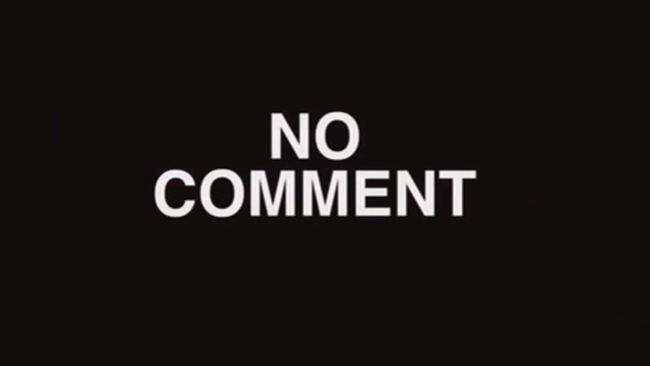We’ve all seen media interviews go horribly wrong! Similarly, you may have experienced mediocre coverage that did not reflect well on you or did not include your business even though you had a long interview.
If you are ever going to be interviewed, you need some level of media training to make sure you avoid these problems and make the most of the opportunity for positive media coverage. One thing that we teach our clients in media training is how to use linking lines (or bridging sentences).
When used well, bridging sentences allow you to have control of an interview and help you to redirect the course of discussion. Just as a bridge is a safe transition from one point to another, bridging techniques take the interview to a different focus.
Bridging techniques can help you:
- Keep the interview on the right track
- Represent your business in the best light
- Include your key messages
- Avoid issues that you cannot discuss
- Give the kind of interview that is helpful to a journalist and interesting to others.
Bridging techniques should not be used to ‘get yourself out of trouble’. It is about making sure you can stay ‘on message’. For example, if you are being interviewed to share advice for small businesses wanted to expand, talking about your previous career moves does not result in media coverage that is beneficial to meeting your PR and business goals. A bridging technique helps bring the interview back to where you want it to be.
Bridging techniques also help you to represent yourself or your business in the best light, but making sure your key messages come across in strength and clarity. This is where bridging sentences such as “Actually, that speaks to a bigger point…” and “Yes, and what’s really at stake here is…” are very useful.
If there are issues that you do not wish to discuss, you can use linking lines and bridging sentences to take you from the question the journalist has asked to the message you want to get across.
Warning: we have all heard interviews (particularly with politicians) where the interviewer is avoiding answering important questions and is patronising by repeating their key message regardless of the question. This is almost as damaging as saying “no comment”. It is not beneficial to your business, your reputation, and people’s perception of you.
People can see through ‘spin’ and it simply frustrates them and implies that you are trying to hide something from them. You want the journalist to invite you back for a second interview, and ‘spamming’ them with your corporate messaging is not the right way to go about this!
Media training can help you work out how to handle different types of interviews in a calm, professional and friendly way that not only results in an interview that people will find useful and interesting, but one that profiles your business in the best way to help your business grow.
Here are a few examples of what could work for you:
• That’s an interesting point, but what’s really important is…
• Actually, that speaks to a bigger point …
• It is important to consider…
• Before I answer that, let me just say…
• I can’t discuss that, but what I can tell you is…
• What that really means is…
• Yes, and what’s really at stake here is…
• Having operated here for X years, we believe that..
• I’ll start by providing some background information to put this into context…
• That’s not my direct area of expertise, I am able to say …… but ….. would be able to provide more substantial information
• May I just add… To sum up…
Using bridging techniques requires practice, strong key messages, and good media interview skills. Combine these with media training and a newsworthy subject and you are on your way to a media interview that results in good media coverage.
About the author

Phoebe Netto is the founder of Pure Public Relations, a PR firm that focuses on outcomes, not output – it’s pure and simple. For over ten years, Pure Public Relations has been bringing big business experience to SMEs and not-for-profits. purepublicrelations.com.au


So glad I could ‘bridge’ a short twitter conversation into an inspired blog post, Phoebe!
So generous of you to take this post to deeper lever and give examples of how to bridge from a poor “no comment’ into a controlled and most likely very positive exchange with the media.
Sally | Fast Tracks Manager Productivity